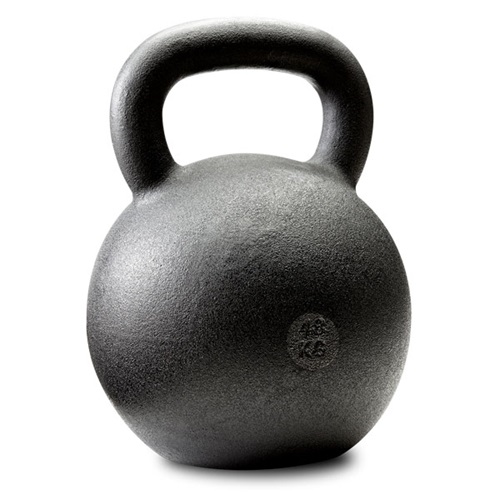Why You Are Not Getting Stronger
We hear it all the time. “I’ve been working out really hard, but I don’t feel like I’m getting stronger.”
When people have been honest with themselves and they have either been going to the gym or been training at home, they wonder why one leg may seem weaker or one arm isn’t as strong as the other side.
This may seem like a simple answer to professionals in the physical therapy and/or strength and conditioning world, but in order to get stronger, you need to continue to challenge yourself and make movements and exercises harder.
It sounds easy, but more often than not, we hear this and we have to inquire about what people are doing for exercises and/or training to continue to be in this predicament.
The concept of making movements and exercises harder is called “progressive overload”.
Progressive overload is making movements or exercises harder or more challenging as your body adapts and becomes stronger.
For example, if you are lifting 50lbs, eventually after doing a movement with 50lbs, your body is going to become stronger and 50lbs is going to feel easier than it did when you first started. This is a GOOD THING!
Barring some rare medical condition where your body doesn’t allow this, you will get stronger when the body is challenged.
But, what commonly happens, athletes and clients won’t push themselves past that point when something feels easy and go to a harder movement or heavier weight as when they first started.
This doesn’t mean that you have to constantly increase the weight, sets or reps each training session to make progress either. Eventually linear strength gains will plateau and there needs to be other means to get stronger.
There are various ways to challenge oneself in the gym in order to get stronger.
Add More Weight

This is the most simple answer. As long as form and technique are on point with training, adding more weight to the bar or to your hands is a good thing. It will make the movement harder, but it means you are getting stronger because the previously used weight is easier now.
Eventually, you can’t keep adding and adding weight. There will be plateaus and there are other ways to bust through those to continue to improve strength.
Also, if you are an athlete and it is your job to perform your sport, there comes a point where continuing to add weight increases the risk on the risk:reward continuum, but that is a conversation for another day.
2. Increase Reps/Sets
Instead of doing a low number of reps like 1-3, try doing 3-5.
This doesn’t mean continuing to climb the rep ladder and get to 12-15 reps on a deadlift. For us, generally speaking, we like to keep our athletes between the 6-12 rep ranges for single leg work and 4-8 rep ranges on multi-joint lifts. This can vary from athlete to athlete and client to client.
Besides increasing the reps, you can increase the number of sets you are doing. For example, if you are doing 3 sets x 3 reps and movements are becoming easier, try doing 4 sets x 3 reps. You just went from doing 9 total reps in the first case to doing 12 total reps in the second case.
More work makes movements more challenging.
If you have been going to the gym and don’t see yourself getting stronger or are continuing to feel like you’ve been working hard but not getting anywhere, try adding a little bit more weight to the bar or your hands or increasing the number of reps and sets to help you become stronger and more resilient.

